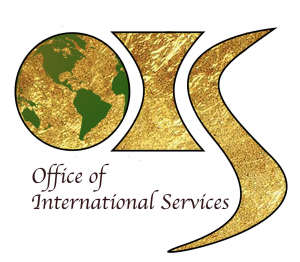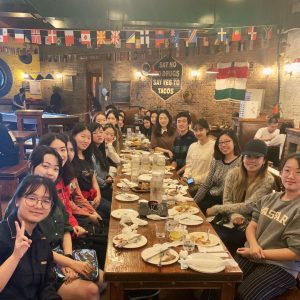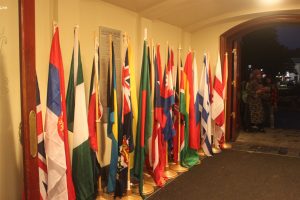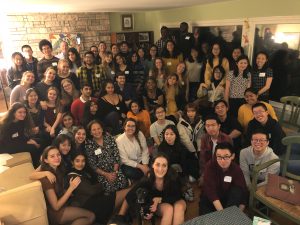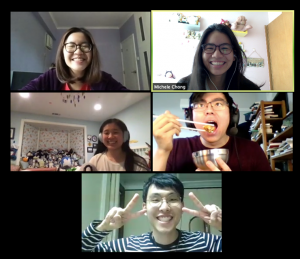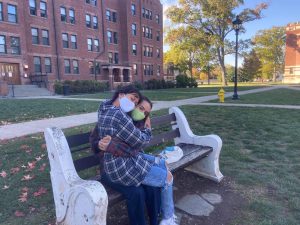One of the most exciting aspects of studying abroad is experiencing local customs and traditions. While the way Halloween is celebrated in the US is rather unusual to many internationals, many cultures around the world have holidays and traditions that revolve around distracting the evil spirits by wearing costumes, lighting up lights and fires, as well as engaging in various rituals. Join us on a virtual journey as we uncover intriguing Halloween traditions from around the world and learn about their origins and unique differences.
- Samhain (Ireland):
Originating in Ireland, Samhain is often mentioned as the predecessor of Halloween. It takes place on October 31st and celebrates the end of the Celtic harvest season and the beginning of winter. Traditionally, people would light bonfires and wear costumes to ward off evil spirits. The tradition of “Trick or Treat” is also often traced back to Samhain, as offerings of food and drink would be left outside of homes to appease wandering spirits.
- Obon Festival (Japan):
The Obon Festival, held in August, is a Buddhist tradition that honors the spirits of ancestors and is marked by the lighting of lanterns and the performance of traditional dances. People also visit their family graves and clean them, leaving offerings of food and drinks. The Obon Festival represents a time to remember and express gratitude to one’s ancestors, reflecting the Japanese reverence for familial bonds.
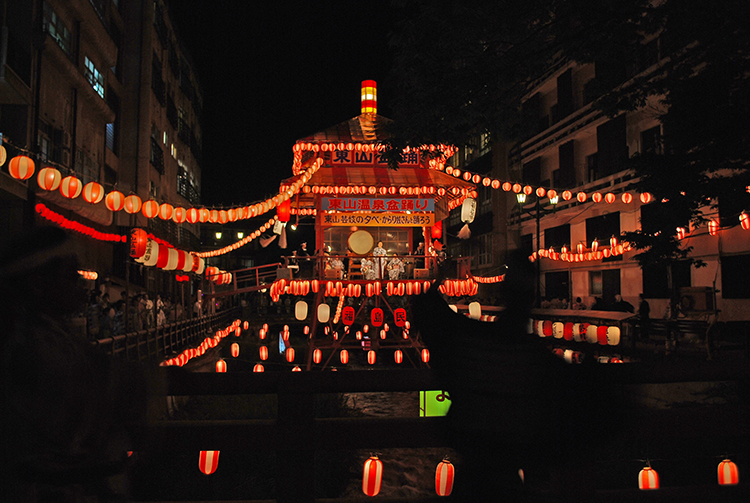
- Fête des Morts (France):
Across the Atlantic, the French celebrate the Fête des Morts, a day dedicated to remembering the departed. Like the Obon Festival in Japan, it is less focused on costumes and candy and more about remembering deceased relatives. Families gather at cemeteries, cleaning and decorating graves with flowers and candles. It is a solemn occasion to honor loved ones and reflect on the cycle of life.
- Día de los Muertos (Mexico):
Many of you have likely heard of Día de los Muertos, or the Day of the Dead. Celebrated from October 31st to November 2nd, this Mexican tradition honors deceased loved ones. Families create elaborate altars, called ofrendas, adorned with photographs, flowers, food, and memorabilia. The belief is that the spirits of the departed return to Earth to reunite with their families, who welcome and celebrate their presence through music, dancing, and storytelling.
These are just a few examples of the diversity of traditions worldwide. While aspects of these do bear some resemblance to Halloween, by no means are they just “analogs” of it. Each carries cultural significance and has a special place in the lives of people who celebrate it. As international students, we have a unique opportunity to embrace and appreciate these diverse customs, share our experiences, and learn about various holidays and traditions first-hand through conversations with our friends and fellow international students.
Meanwhile, we the OIS team hope you enjoy the American Halloween and look forward to learning more about traditions and celebrations in your cultures! 💛
Sources:
- “Halloween: Origins, Meaning and Traditions.” HISTORY, 18 Nov. 2009, www.history.com/topics/halloween/history-of-halloween.
- Obon Festival | Traditional Kyoto. traditionalkyoto.com/culture/obon-festival.
- Pierre. “What Is La Toussaint, All Saints’ Day in France – French Moments.” French Moments, 14 Oct. 2023, frenchmoments.eu/all-saints-day-in-france-la-toussaint.
- “Day of the Dead (Dia De Los Muertos).” Day of the Dead, dayofthedead.holiday.
